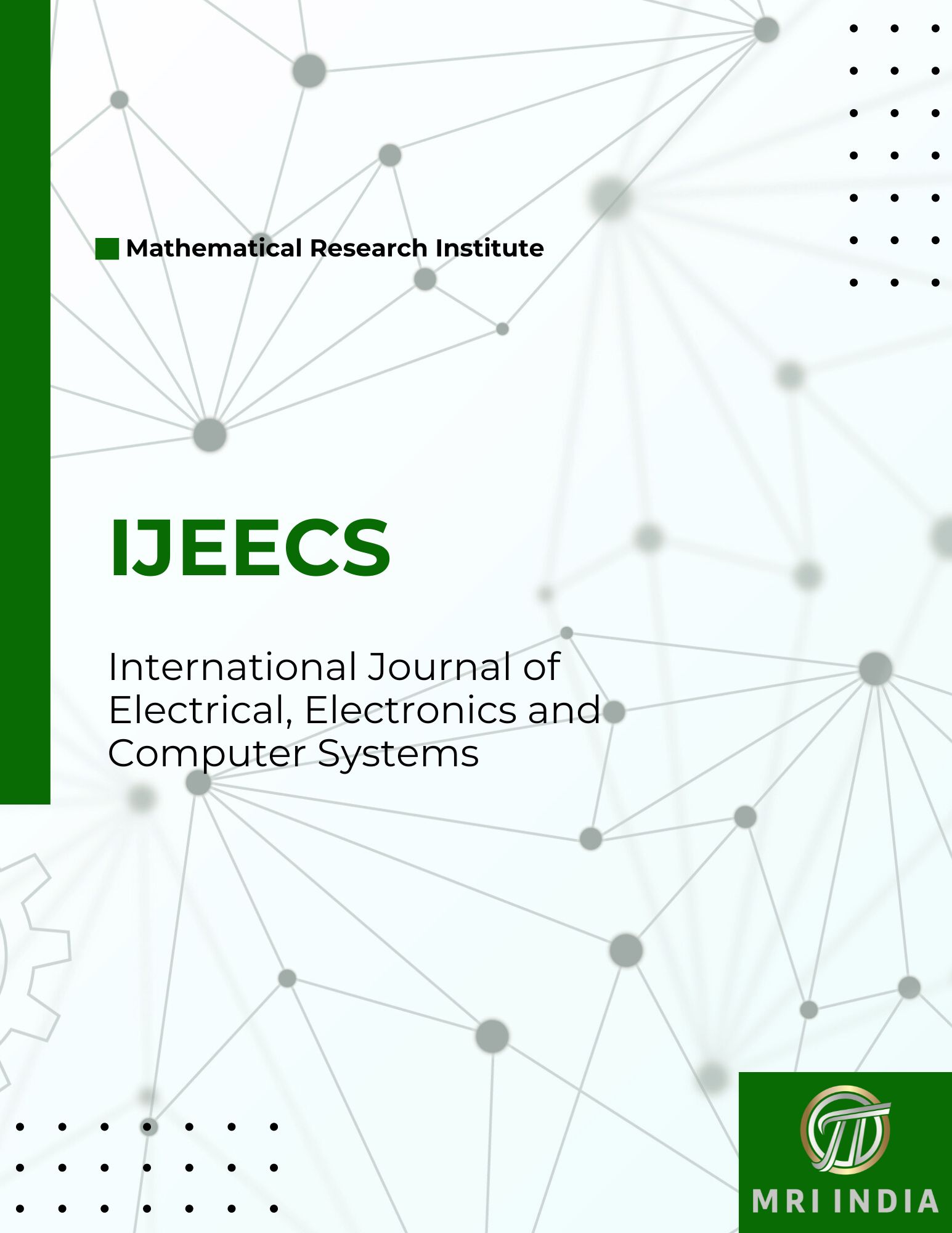Detection, Monitoring and Follow-up of ADHD suffering children using Deep Learning
Main Article Content
Abstract
Attention Deficit/Hyperactivity Disorder (ADHD) is a neurodevelopmental disorder that affects a significant portion of the younger population (0-16 years) worldwide. Early detection, continuous monitoring, and effective follow- up of ADHD in children are very vital for providing timely therapies and enhancing the long-term outcomes of affected individuals. This paper discusses a novel approach that uses deep learning techniques to detect, monitor, and follow up with children suffering from Attention Deficit Hyperactive Disorder (ADHD). The system begins with comprehensive data collection, including behavioral assessments, genetic markers, and biomarker levels. Feature extraction methods are utilized to identify the most relevant attributes linked with different types of ADHD— Inattentive, Hyperactive- Impulsive, and Combined. The deep learning model is trained on these features, with a goal of improving diagnostic accuracy through iterative validation and hyperparameter tuning. The deep learning model is evaluated using standard metrics, such as accuracy, precision, recall, and F1-score, to ensure effective performance. This approach aims to enhance diagnostic precision and support personalized treatment strategies, offering a more individualized therapy pathway for children with ADHD.
Article Details
How to Cite
Padigel , C., Koli , K., Tiple , S., & Suryawanshi , Y. (2025). Detection, Monitoring and Follow-up of ADHD suffering children using Deep Learning. International Journal of Electrical, Electronics and Computer Systems, 14(1), 204–210. Retrieved from https://journals.mriindia.com/index.php/ijeecs/article/view/431
Issue
Section
Articles
